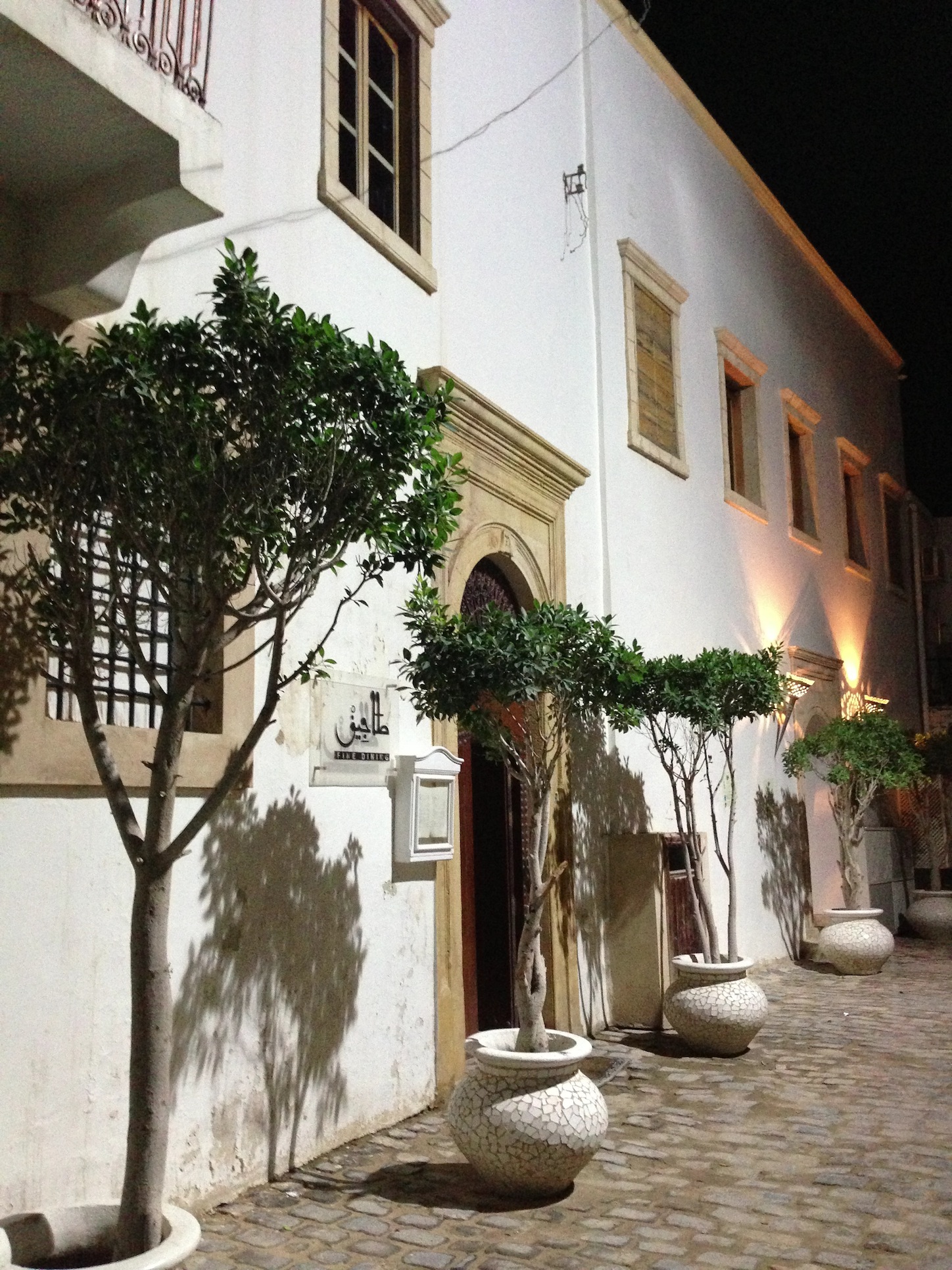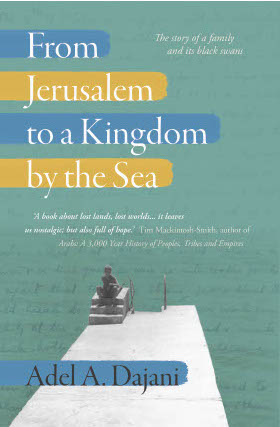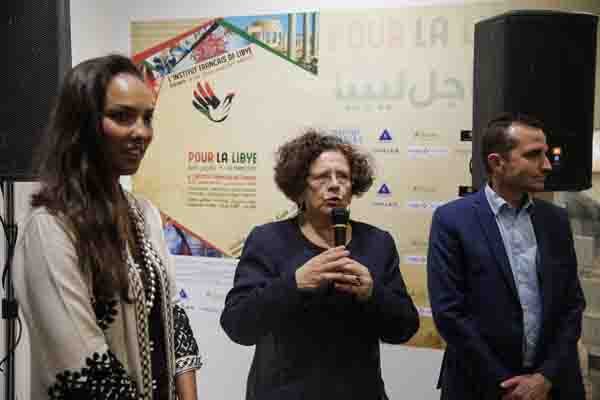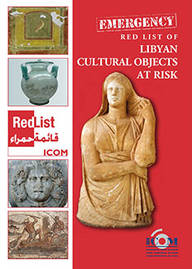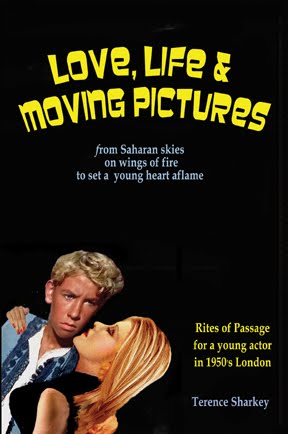By Alia Al-Senussi.
3 January 2012:

I suppose my own misconceptions got in the way; I walked by the gleaming white walls, two perfect . . .[restrict]potted plants and the sign that read simply “fine dining” and thought nothing more of it. Not until my recent trip to Libya, to speak at the Libya Summit conference, did I step in to the magical hotel and restaurant El Khan.
My father had been telling me about this special place for months, but I couldn’t quite fathom it. I also knew not to be silly enough to attempt to find it on my own, what with all the windy allies, vague directions and murmured finger-pointing.
So finally, on my final night my father walked us to the El Khan and deposited us at this place that appeared like an oasis in the middle of the old town. It was a classic post-revolutionary dinner, like in the novels of yore: I was accompanied by a an old friend, a visiting banker looking for adventure and knowledge for future investments, along with a journalist heading up a local office for an international news agency and a technology and defense specialist from the Levant—you couldn’t have made it up if you tried!
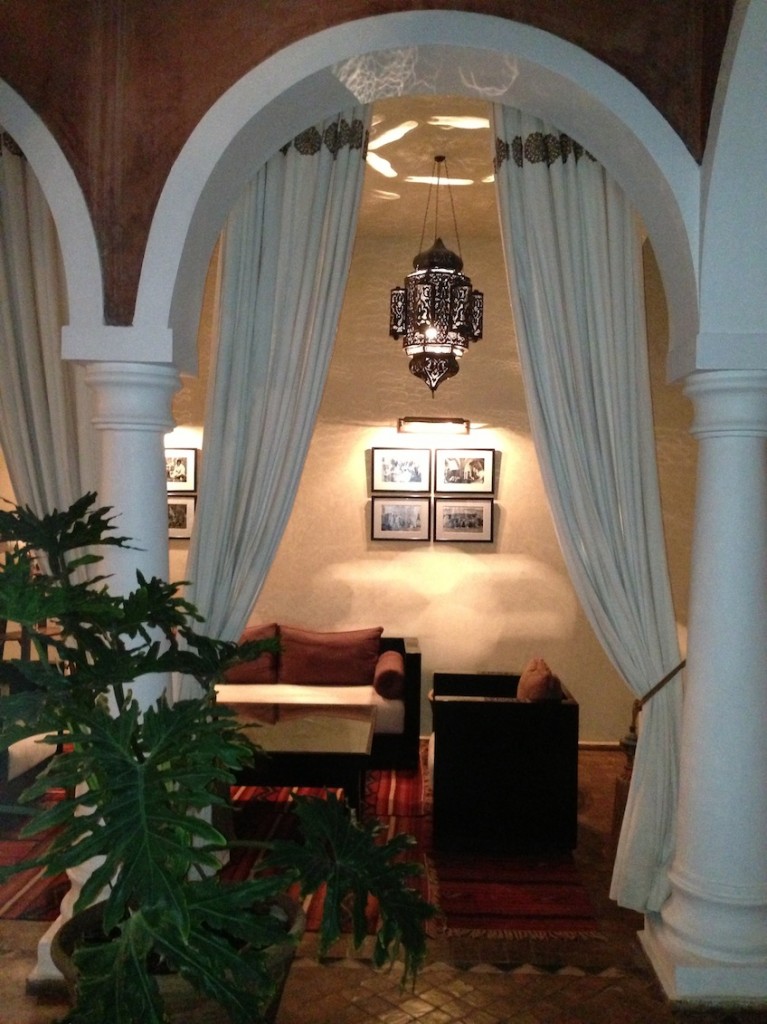
There are hardly words to describe how beautiful, elegant and simply perfect El Khan is. It is not just that one doesn’t expect to find this place in Tripoli but that one doesn’t expect to find this place at all. El Khan has almost a mystical quality about it with wrought iron Moroccan-style lamps emitting strange light figures, the plush cushions strewn about the smooth floors and the ornate Kufic script decorating the walls.
El Khan is special in its own right, but perhaps what makes it stand apart is that it is a sanctuary amidst the madness. The medina of Tripoli is charming, in fact it is exactly what one thinks of for an “old town”: full of dusty pedestrian alleys, dark corners, unassuming stalls selling their wares, workshops, gold and silver, boys kicking around pseudo-footballs, and yes, pockets of trash and poverty, but with glimmers of hope—you see them on the walls.

The graffiti that covers the walls of Tripoli, and Benghazi, is a testament to the possibilities in those streets. I am a recent convert to street art aka graffiti. Art in the Streets at the Los Angeles Museum of Contemporary Art taught me a lot, but most of all it demonstrated to me the simple power of art in the streets.
I saw this first-hand in Tripoli and Benghazi when I was there in 2011 and am even more amazed by these enduring images upon my return visits—the paint that never seems to fade, the graffiti that no one erases. Is it art, is it political expression, or is it both?
I moderated a panel at Art Basel in Miami Beach and this past December asking just that question, and had the pleasure of hearing firsthand from JR, one of the most well-known artists practicing this genre. His enthusiasm was infectious and his passion for taking his art to unexpected places like Afghanistan, Gaza and Israel, and freshly-liberated Tunisia was apparent to us all, panelists and audience alike.
Tala Saleh described her experiences with the fascinating political graffiti of Beirut and Bomi Odufunade of the Museum of Everything put everything in context by describing the artists that have been marginalized by society but are making their cultural contribution nonetheless.
Most of Libya’s artists have had the feeling of a similar marginalization with no formal art training or education, and living much of their lives with little freedom of action or voice. Some of these artists, and civilians, have made themselves heard at the first possible opportunity and with the streets as their canvas. Libya’s street art was a revelation for me. El Khan restaurant and hotel is a work of art also, elegant and mysterious, posited amongst the graffiti, amongst the living, breathing heart of the city.
Alia Al-Senussi works in the art world, with a focus on contemporary art of the Middle East. She is an Executive at Generation Three Family Partners and the VIP Relations for the Middle East for Art Basel, alongside holding a number of board and committee positions for non-profit institutions such as the Tate, Global Heritage Fund, Parasol unit Foundation and Serpentine Gallery. [/restrict]


